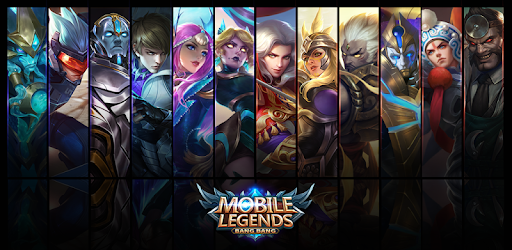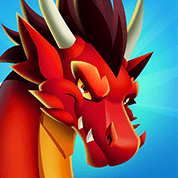
Climbing up on your journey to Mythic? Here’s a quick lowdown on how matchmaking influences team composition and in-game performance in the competitive nature of Mobile Legends.
Division Duels
In the realm of Multiplayer Online Battle Arena (MOBA), millions of players are paired systemically prior to matches and are required to be well coordinated. Teamwork plays a pivotal role which will also dictate your rise in the ranks.
In MLBB, upon reaching Level 8 with more than 5 heroes to spare, you can finally engage in all-important ranked matches. Divisions comprise of (from lowest to highest): Warrior, Elite, Master, Grand Master, Epic, Legend, and Mythic. Win games to earn a Star. Full Stars for every bracket merits a promotion, whereas losing a match results in a demotion.
You can start your quest via solo flight or invite your friends and form a squad as ranked mode allows Double, Trio and 5v5 entry.
Note that as you climb the ladder, games become fiercer and you encounter more experienced, top-calibre players. Get better tighten your grip and put your game face on.
Meet your Match!
As you rank up, things get more interesting. Enter: Matchmaking System.
This is a system that helps players find other players to play and match up with. The automated system works by pairing similarly skilled players to battle it in rank mode.
The system will pit you against foes of comparable strength. In principle, matchmaking aims to create a fair game environment for both teams and all players. To promote competitive play, matchmaking will depend on your current rank.
For the higher tier, MLBB matchmaking should be: 5 Grandmasters, 5 Epics, 5 Legends and 5 Mythics. However, restrictions have been implemented to keep things balanced. For example:
*Grandmasters can play with the same division together with Epic
*Players in Epic can only invite Grandmasters and Legends
*Legends can only call on Epic and Mythic ranks to join the fray
*Ultimately, Mythics can only send requests for Legends and co-Mythics
Exception cases and issues
Players who ride solo or duke it out via pre-made teams have their fates sealed from the get-go. The system will most likely give them a bigger slice of different player types. You can either get good ones, a bad batch, or a mix of both worlds.
How about when you lack a fifth player? You can direct your attention to the ‘Nearby’ option to fill the roster. The system will more likely designate to prioritize players available in your local vicinity. This ensures more seamless experience and lesser lag.
For ranked matches, there have been alleged incidents that matchmaking becomes uneven and lopsided. This may well be in part because of the thousands of players who are in queue at the same time or when teams split in groups of 2 then queue up simultaneously. A good scenario is when a superior Mythic is paired with 3 Legends and a lone Epic. The disparity in division and skillset greatly affect teams and players’ win rates.
This is one of the top concerns of users, and has been raised every now and then to game developers to be fine-tuned. For their part, Mobile Legends have designed countermeasures to correct such exploits.
A quick dive into MMR and KDA
MMR or Matchmaking Rating is also a noteworthy insight. MMR determines your player’s skill level and is widely associated to help find your next opponent. You only gain MMR when you play ranked matches.
On a simple note, you increase your MMR when you win. A good win rate gets you a chance to be listed in the world leader boards. Losing declines it.
Also, take notice of your KDA. It stands for Kill/Death/Assist. KDA serves as your hero’s general stat sheet, depicting how well you’ve delivered in team fights.
These points should be taken into consideration with odds that a player won’t be paired against those way above their rank.
Matchpoint
Matchmaking influences the game that everyone has a 50/50 chance to win or lose. The main goal of the system is to ensure that the competition remains fair and square based on the players’ ranks.
Team composition can dictate how fast the pace would go, how each team will fair against one another, and effective team tactics to utilize. However, overall match result will still boil down to the end user and his teammates’ unique gaming personality – may he be a good team player or a darn feeder.
Are you ready to queue and battle your way to the top? Let’s go!




















